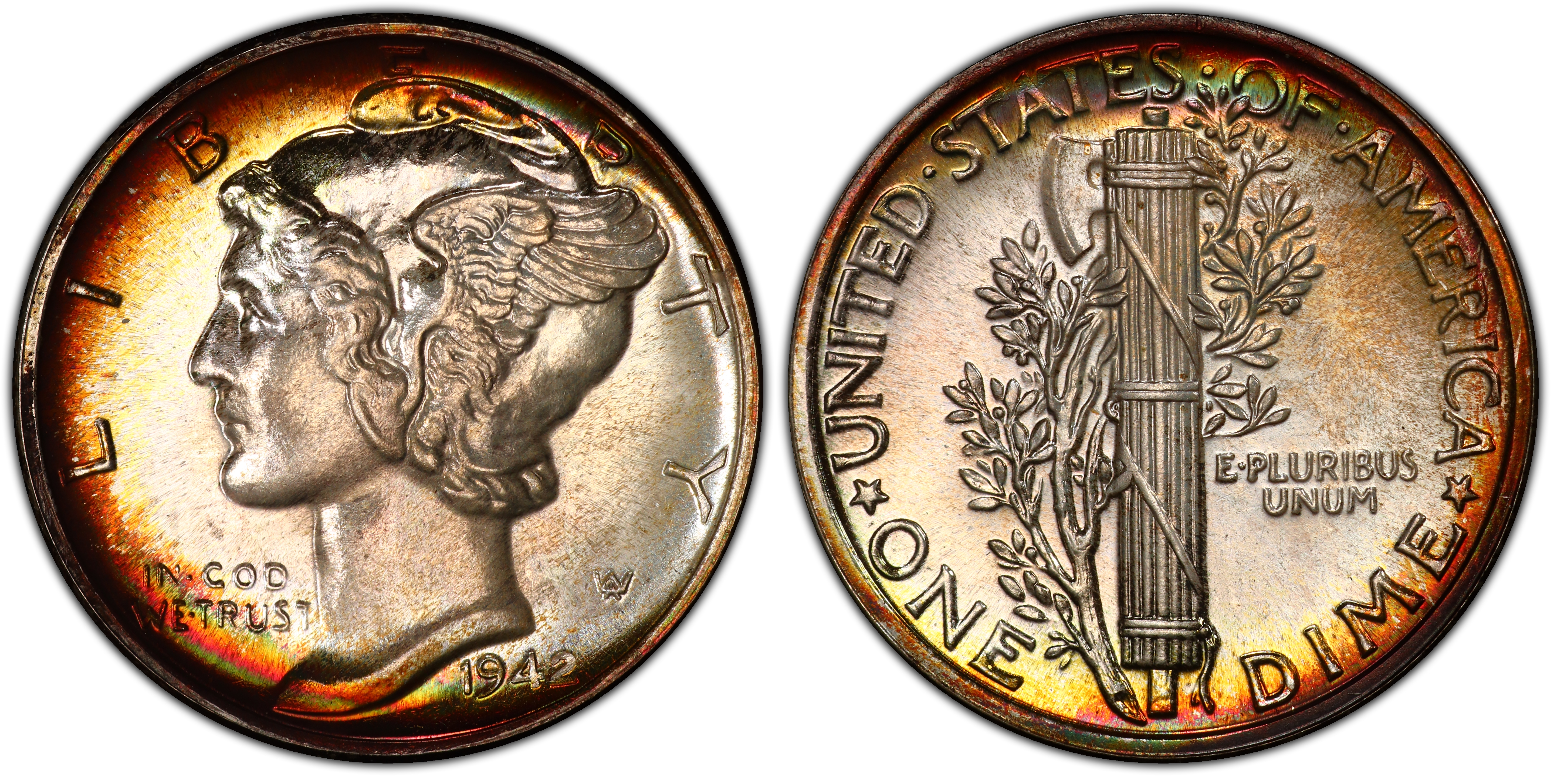1941 Dime
4/8/2022 admin
Get the best deals for 1941 liberty dime at eBay.com. We have a great online selection at the lowest prices with Fast & Free shipping on many items! Weinman designed the Mercury Dime which was minted from 1916 to 1945. Mercury Dimes were struck in Philadelphia, Denver, and San Francisco. 1916-D and the 1942/1 overdates are the most famous as well as the rarest and most expensive Mercury Dimes.
Image source: Flickr
What to Look for In a1941 Nickel
1941 D Mercury Dime: 118667 600x600: 3x1215: REV: 1941 D Mercury Dime: 124646 600x600: 4x1215: OBV: 1941 Mercury Dime: 107332 600x600: 3x1245: REV: 1941 Mercury Dime: 132343 600x600: 4x1250: OBV: 1941 Mercury Dime FSB 5% straight end clip, Broad Struck Error: 79524 400x400: 180418 660x660: REV: 1941. Altered dates and outright counterfeits are the two most common types of fake 1942/41 Mercury Dimes you will encounter in Counterfeit Coin Detection. The 1942/41 Mercury Dime from the Philadelphia. The 1941 D dime is worth around $3 in very fine condition. In extremely fine condition the value is around $3.25. In uncirculated condition the price is around $8 for.
The 1941 nickel is the last pre-war nickel produced that had the 25% nickel, 75% copper composition.
Starting in 1942, the United States Mint started striking five-cent coins of different composition: a combination of copper, silver and manganese. The reason for the change in the five cent’s composition was to allocate the nickel used in the coins to artillery production during World War II.

Nickels produced in 1941 were minted in San Francisco, Denver and Philadelphia so you will see an S or D mark on the reverse side of the coin.
But there are also a number of these coins with no mint mark. Those with no mint marks mean that they were minted in Philadelphia, United States’ primary mint. The P mint mark was not added to nickels and other coins until the 1970s, except for nickels made from 1942-1945, or the wartime nickels.
How Much Is A 1941-S Nickel Worth?
If you ever come across a 1941 nickel in your purse or anywhere in your house, it may most likely be worth more than its face value, which is five cents.
If you take your rare find at an auction, it may fetch somewhere between 55 cents – those that are in average condition as the rest of the coins in circulation since 1941 – and $150 in mint state condition, meaning it is not as worn out as the others and is in better condition than the rest. Nickels that are in mint state condition are those that have not been in circulation for a good number of years, thus preserving their mint state.
What Should You Look For In A 1941-S Nickel?

It may be a little eye-straining to look at a 1941 nickel and its features to determine if it is indeed a rare find. When it comes to being a collectible coin, it must have certain features and elements that are otherwise not present in the others in the same batch or mint date:
- The coin should have a mint mark of S or D, or no mint mark at all. No mint mark indicates that it was minted in Philadelphia. If you see a 1941 nickel that has a P mint mark on top of the Monticello Dome, it is highly likely to be fake, as nickels struck in Philadelphia prior to the ‘70s do not have the P mint mark.
- The coin should be in excellent, or at least good, condition to be considered of high value. Since it has been in circulation since 1941, you can expect to see some wear, but not too much or it would lose its value by a huge margin.
Determining A Coin’s Value.
When it comes to collecting rare and collectible coins, their value are determined by grades. Not all old coins are worth more than their face value. There are grading criteria for coins to be considered rare, collectible and have values higher than what they are originally worth.
1. The first criteria is its being uncirculated. This element is what numismatists run after. If a coin is uncirculated, you are most likely to land one that is in its almost perfect condition as it was when it was minted. Uncirculated coins fetch the highest values because of their mint condition.
2. A grade of extremely fine indicates that a coin is in mint condition, appearing almost like an uncirculated coin. But on closer inspection, you will see some minor flaws that have accumulated for years of being in circulation. Extremely fine nickels may be in circulation for a few years then kept in storage for a long time before being released into circulation.
3. Fine coins are those that have been in circulation for many years, and may exhibit visible scratches and other flaws, but generally the features are still clear and recognizable.
4. Good nickels are what majority of the nickels are graded today. These are the ones that have been in circulation the longest, and on their surfaces are scratches, dents and other flaws that may diminish their value compared to other nickels in better grades.
These are just some of the things that you need to know about 1941 Jefferson nickels and coins in general. When looking for a rare nickel, remember the things mentioned above, and be always on the lookout for opportunities to find rare nickels and coins.
SaleBestseller No. 1 1941 S Jefferson Nickel 5C About Uncirculated- 1941-S Jefferson Nickel About Uncirculated
- Product images are of the exact collectible coin(s) sold and shipped.
- 1941-S Jefferson Nickel Very Fine
- Product images are of the exact collectible coin(s) sold and shipped.
- 1941 No Mint Mark Jefferson Nickel Very Fine
- Coin Pictured is Coin Sold
Sources:
1941 Dime Pics
1941 Dime Error